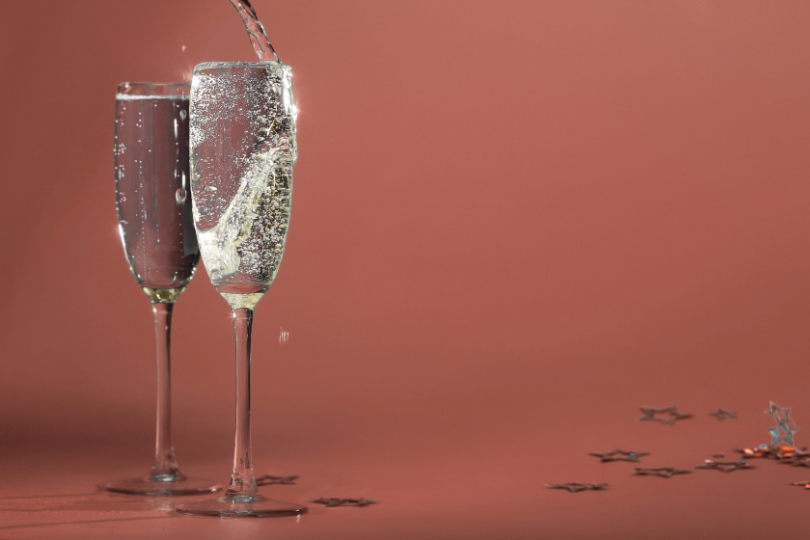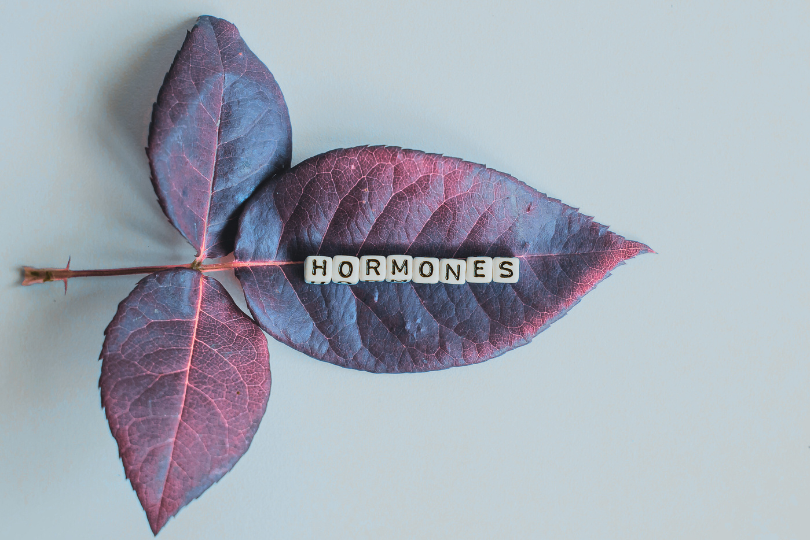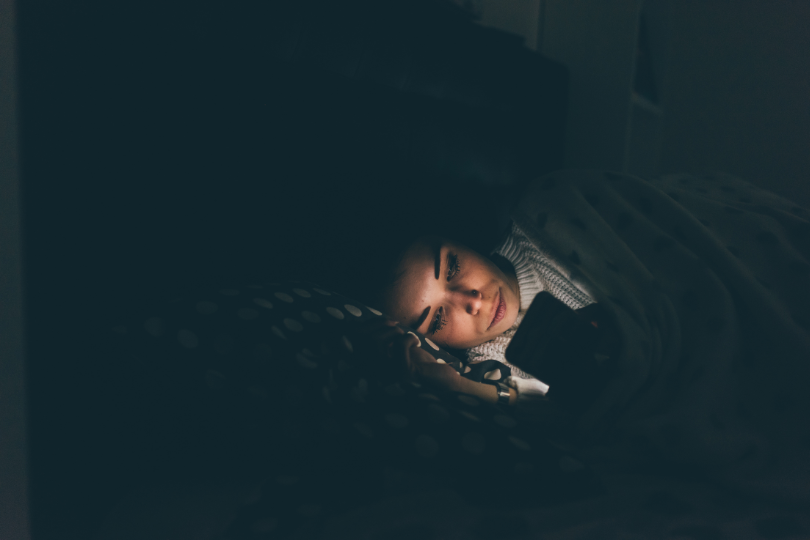We grow up hearing that skin changes are just part of “getting older.” A few more lines, a little less glow, and the solution is supposed to be a stronger cream. But if your tried-and-true routine suddenly stops working in your 40s, it’s not that your products are failing you. It’s that your biology is shifting.
Your skin is one of the most hormone-sensitive organs in your body. As estrogen and progesterone start to fluctuate, changes show up on your face long before you notice them elsewhere. Dryness creeps in. Breakouts appear out of nowhere. Pigmentation deepens in patches. Healing slows. The skincare that carried you through your 30s suddenly feels out of step.
For decades, estrogen has been nudging your skin to keep producing collagen, elastin, and hyaluronic acid. These are the building blocks of firmness, bounce, and hydration. When estrogen dips, that support weakens.
The first change many women notice is dryness. Moisturiser that once worked suddenly just sits on top, while your skin underneath feels tight or flaky. Then acne flares return, leaving you wondering how it’s possible to be dry and spotty at the same time. The reason is simple: your barrier has become more fragile.
Other changes arrive slowly. Fine lines look deeper. Cheeks flush more easily. And the glow you once took for granted seems to fade.
In sunny places like Singapore, pigmentation becomes an even tougher battle. Year-round UV exposure, combined with a natural dip in collagen, makes dark spots and melasma show up more easily.
The truth is that your 40s and 50s require a new skin strategy.
Estrogen receptors are especially concentrated in the skin of the face, legs, and genitals, which is why the hormonal shift of menopause shows up so clearly here. Without estrogen, the skin loses water more easily, collagen declines, and elasticity weakens.
About 30% of collagen is lost in the first five years after menopause. After that, collagen continues to decline by about 2% each year for the next 15 years. Elastin follows the same pattern. This explains why sagging, thinning, and wrinkles become more visible in postmenopausal women.
It’s tempting to put all these changes under the label of “aging.” But many are driven by hormones, not time alone.
Skin is not separate from the rest of your body. As estrogen falls, sleep and mood can shift too. Poor sleep raises cortisol, and cortisol accelerates collagen breakdown. This is why stress seems to etch itself onto the face more easily after 40.
Supporting your skin means supporting your whole ecosystem: sleep, stress, nutrition, and hormones.
SPF 50+ daily
Singapore’s UV index stays high even indoors. UVA rays pass through windows and screens, so sunscreen matters everywhere. Reapply every two hours if you’re outside or sitting by a window.
Hydration first
Ceramides, hyaluronic acid, peptides, and niacinamide help replace what estrogen once protected and strengthen the skin barrier.
Texture & firmness
Retinol (or prescription retinoids) at night, paired with vitamin C in the morning, support collagen and even skin tone. Retinoids have the strongest clinical evidence for improving fine lines and pigmentation. Vitamin C also boosts sunscreen’s protective effect by neutralising UV free radicals.
Targeted support
Topical estrogen or phytoestrogen creams can restore hydration and density in specific areas.
Repair signals
As collagen production slows, peptides and newer regenerative actives encourage skin cells to rebuild structure and heal more effectively.
Soothe the barrier
Look for ceramides, niacinamide, and fragrance-free formulas.
Adult acne
Breakouts are common in your 40s. Start with gentle exfoliants (AHAs or BHAs) to keep pores clear. For long-term control, consider retinoids (like adapalene or trifarotene). A newer prescription anti-androgen cream, clascoterone, works by reducing the hormonal drive behind acne.
Rosacea
Avoid triggers such as heat, alcohol, and spicy food. Topical options like azelaic acid can help.
Hormone Replacement Therapy (HRT) / Menopausal hormone therapy (MHT), taken orally or through the skin, replaces the low levels of estrogen in our bodies. As such, it can improve elasticity, reduce dryness, and increase collagen. But it’s usually prescribed for menopause symptom relief and bone protection, not for cosmetic use alone.
HRT works best for women under 60 or within 10 years of menopause. Topical estrogen creams and gels can also improve local hydration, collagen, and healing, usually with very few side effects.
Midlife skin changes can be an early clue to internal health. See a clinician if you notice:
Tests worth considering:
Skin in your 40s and 50s is not simply “aging.” It is responding to powerful hormonal changes — which means you can work with it, support it, and adapt to it.
With the right mix of smart skincare, lifestyle choices, and medical support when needed, your skin can feel healthy, resilient, and deeply your own in every chapter of life.
And if you’re not sure where to start, that’s exactly where a doctor can help — whether it’s checking your hormones, deciding if prescription treatments or MHT make sense for you, or simply giving clarity on what’s worth trying next.



Menopause isn’t just the end of periods. It’s the start of a new phase where lower estrogen levels can affect your bones, heart, brain, skin, and more. This guide breaks down what’s happening in your body and what you can do to stay strong and well after menopause.

No one talks about it, but perimenopause can hit in your 30s or 40s, and it’s not just about your period. Think brain fog, poor sleep, low libido. Here’s what to look out for and what you can do.

Many sexually transmitted infections can lie dormant for months or even years without symptoms. Understanding the facts — and getting tested together — can help you move forward with clarity and care.